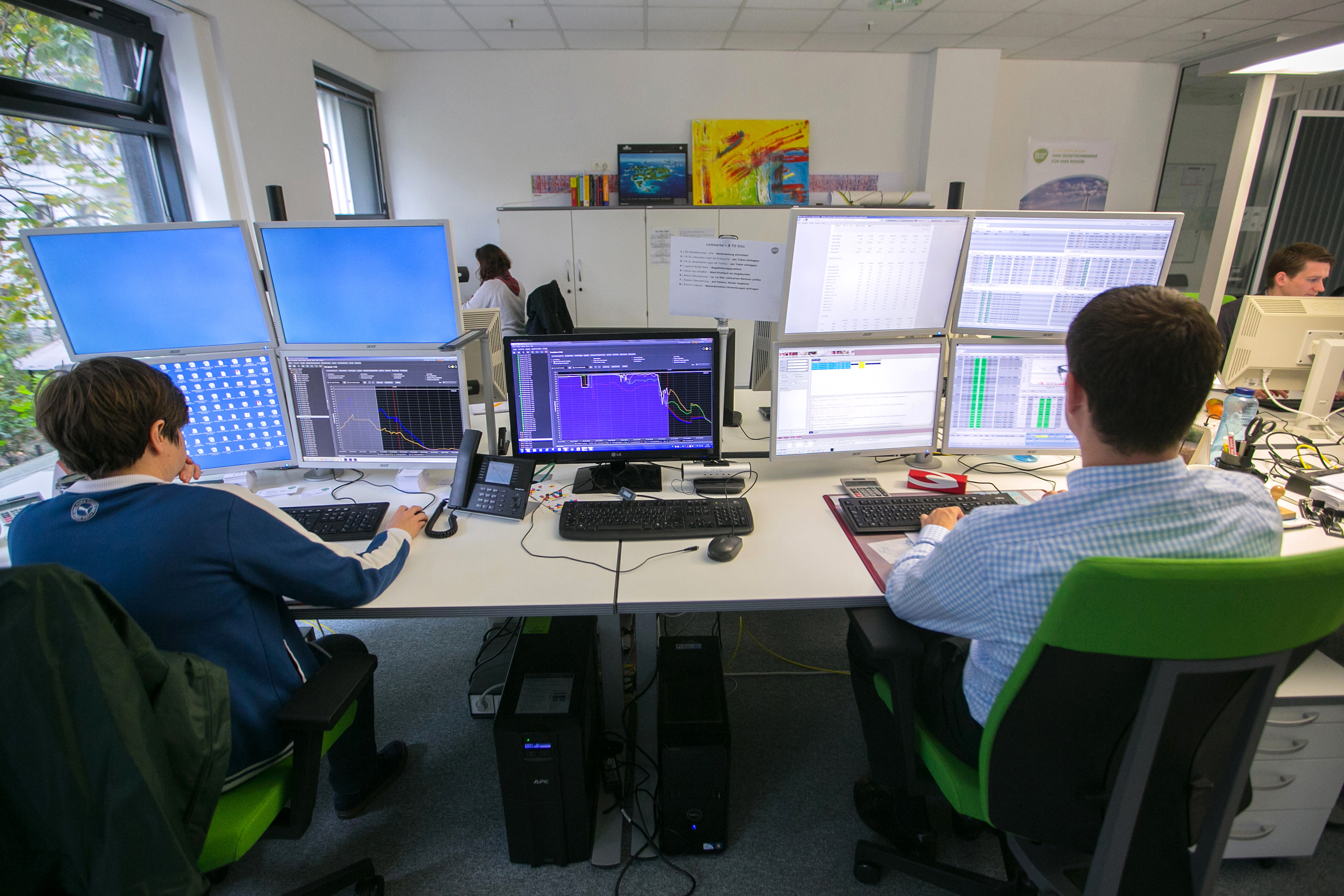The global foreign exchange (FX) market is in the midst of a number of trends and reversals, which included overall volumes last year along as with a migration of business to electronic venues, according to a recent Aite Group report.
The new world of Online Trading , fintech and marketing – register now for the Finance Magnates Tel Aviv Conference, June 29th 2016.
Despite a decline in global FX volumes, the overall currency market still saw an average daily value of $5.32 trillion in 2015, which was down from $5.87 trillion per day in 2014, or -9.4% YoY – the figures relied on a composite of brokers, banks, asset managers, and trading platforms. This trend has largely been extended on a venue-to-venue basis thus far into 2016 with institutional volumes seemingly stuck in a downtrend or at best languishing in a tight consolidation without any growth. Still, the figures from 2015 are virtually on par with data from 2013, having seen daily volumes in the area of $5.3 trillion.
In addition, most FX trading volumes have been seeing a change to their overall execution, with more and more volumes finding their way to electronic venues – thus far in 2016 approximately 62.0% of FX volumes are handled on these venues, according to data from the Aite Group. This figure is however poised to grow over the next three years, possibly crossing over a 64% threshold as portended by the data.
Also of note is the rise of computerized trading in the United States, which currently sees upwards of 24% of average daily FX volumes, coming in at $412 billion, between 2012 to 2015, citing the same study. By extension, in London, volumes on platforms that offer prices from multiple dealers climbed 70% to $352 billion over the same period, while activity on single-dealer platforms retreated -4% to $292 billion.
Finally, the study also found that traders are executing a higher number of trades via automated computer programs utilizing algorithms (algos) – 24% of the spot currency market presently uses algos in their trading, with the largest proportion of usage seen by by money managers and corporations.
There are a number of factors that can help explain this decline, however the industry may finally be seeing the negative repercussions wrought from a debilitating scandal a few years ago that saw banks rack up record fines for their role in fraud and the manipulation of currency measures. In conjunction with this stimulus, Volatility has waxed and waned as a result of the US Federal Reserve, which held currency markets in a period of wait and see for almost half a year.
According to Javier Paz, Howard Tai, and Sang Lee, authors of the recent report from the Aite Group, in a recent snapshot on the figures: “Adapt to lower volume. Banks may project a business-as-usual facade, but in reality they are in a defensive mode. They are forced to comply with new regulations and are atoning for past misdeeds, but they also are bearing higher regulatory and compliance costs.”
“As the industry sorts through various regulatory changes in coming years, the demand for execution tools that can provide more transparency and better performance than the traditional custodian-based execution methods will become more important. Foreign-exchange algos are expected to play a key role in this change in traders’ preference,” the group reiterated.

















